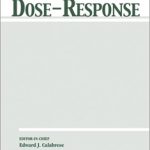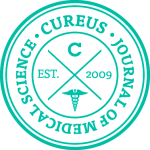Gerald Weissmann
Homeopathy: Holmes, Hogwarts, and the Prince of Wales
FASEB, 2006, 20 (11), 1755-1758
HE HYDROSTATIC PARADOX has never been so well illustrated as by current discussions of alternative medicine and its poster child, homeopathy. Hahnemanns system, a therapeutic regimen unchanged since the Age of Mesmer, is making a comeback in the Age of Oprah. In 1810, Hahnemann (17551843) rebuked Enlightenment medicine in an over-ideational treatise called The Organon of the Rational Art of Healing. The partisans of the old school of medicine flattered themselves that they could justly claim for it alone the title of rational medicine, because they alone sought for and strove to remove the cause of disease ... [but] the greatest number of diseases are of dynamic (spiritual) origin and dynamic (spiritual) nature, their cause is therefore not perceptible to the senses. Not content to play the spiritual card, Hahnemann took swipes at the science of his day. Anatomy, physiology, and pathology, he argued, presented only "dim pictures of the imagination." Since disease was not caused by any discrete physical agent, but to mans lack of harmony with the "vital force" of nature, he asked "Has any one ever succeeded in displaying to view the matter of gout or the poison of scrofula?" (2) More than a century after crystals of monosodium urate were shown to be the matter of gout by Garrod, and the poison of scrofula was found to be M. tuberculosis by Koch, homeopaths still believe that Organons vital force of nature is at the root of gout and TB.







